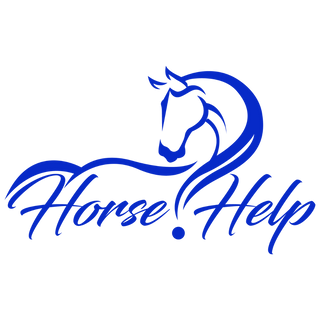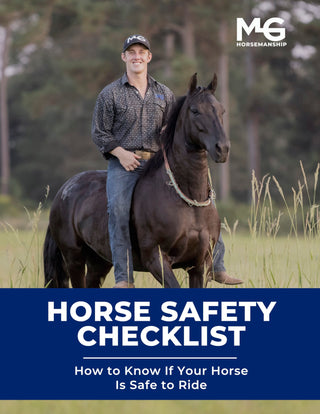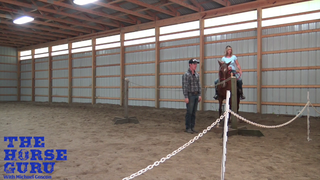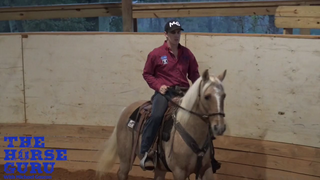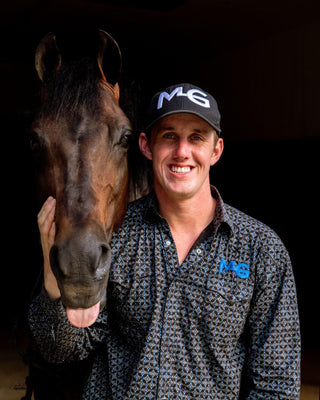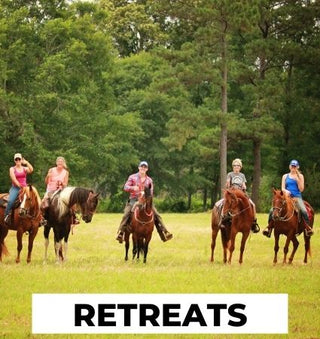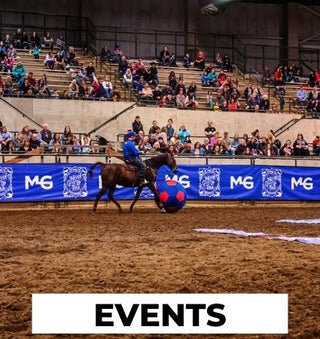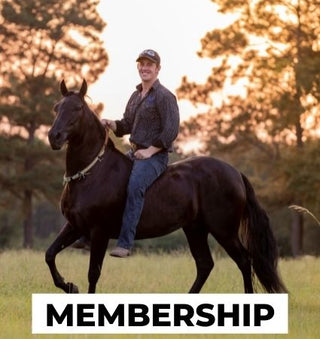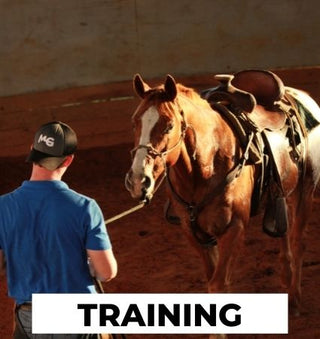Watch the Video Here or continue reading below!
Breeching, often used with pack animals and driving horses, is a strap that wraps around the hindquarters to prevent tack or cargo from sliding forward, especially on steep inclines. Traditionally seen on mules in Colombia, this piece of tack had an unexpected side effect—it naturally encouraged the mules to move in a more collected frame than the horses.
Michael Gascon took note and began experimenting with breeching on young gaited horses. The results? Improved collection, balance, and posture right from the start.
How Breeching Helps Gaited Horses Collect
In gaited horse training, particularly for breeds like the Paso Fino, achieving proper collection is essential. With a three-point breeching, the tack attaches to the girth and the rear D-rings of the saddle. This not only stabilizes the saddle but also prevents the horse from striding too far behind and becoming strung out.
Benefits of Using a Breeching:
-
Promotes collection naturally by giving the horse feedback when it overextends
-
Prevents the saddle from sliding forward
-
Desensitizes the horse to contact around the hindquarters
-
Teaches young horses proper posture early
Proper Breeching Fit and Adjustment
To ensure effectiveness and comfort, proper adjustment of the breeching is critical.
Fitting Tips:
-
Place the bottom of the breeching one hand’s width below the point of the butt.
-
It should sit loosely—not tighter than the widest part of the hindquarters.
-
When the horse is collected, it shouldn’t touch the breeching.
-
If the horse becomes strung out, it will make contact and correct itself.
This fit ensures the breeching functions as a gentle reminder rather than constant pressure.
Desensitization and Groundwork First
If you're introducing breeching for the first time, it's important to begin with groundwork:
-
Move your horse left and right to get them used to the sensation.
-
Pay attention to any signs of discomfort or tension.
-
Only mount once the horse is moving calmly with the breeching.
Michael’s horse, Roma Cero, a 4-year-old Paso, had already been wearing the breeching for a few days and was comfortable with it—ready to begin saddle work.
Using Breeching During Under Saddle Training
With the breeching in place, Michael begins working Roma Cero under saddle to encourage a collected, show-ready frame. The focus is on developing engagement from the hind end first, which is crucial for strong, balanced gait work.
Key Training Cues:
-
Sit back, look up, and apply leg pressure to initiate forward movement.
-
Hands stay still, encouraging the horse to lift through the back and carry from behind.
-
Watch for the hind end to move first—a sign of correct collection.
-
Repeat transitions to reinforce balance and consistency.
By using consistent body cues and the feedback from the breeching, the horse learns to hold a proper frame that’s essential for show performance.
From Trail Horse to Show Horse
Roma Cero, originally a soft and easy trail horse, is being prepped for the National Championships in Perry, Georgia. Trail horses often travel with their heads low and relaxed, but the show ring demands more animation, drive, and uphill movement. The breeching helps bridge that gap by encouraging:
-
Elevated head carriage
-
Engaged hindquarters
-
Balanced, controlled gait transitions
As Michael puts it, “We want him to look like a chess piece”—collected, rounded, and balanced.
Final Thoughts: Breeching as a Powerful Training Aid
Using a breeching for gait work may be unconventional, but it’s proving to be an effective tool for collection, posture, and desensitization in gaited horses. Whether you’re starting a young horse or refining a seasoned competitor, this simple piece of tack could make a big difference in your program.
Stay tuned to see how Roma Cero performs at the National Championships—and consider giving breeching a try in your own training sessions!
